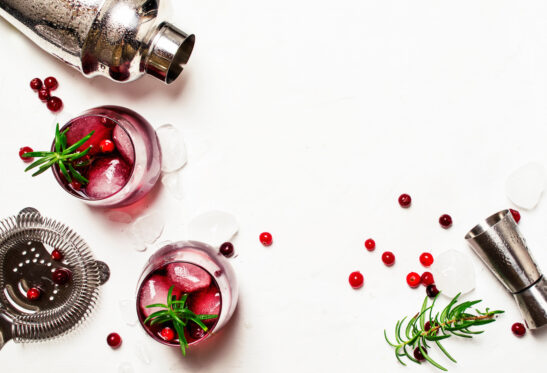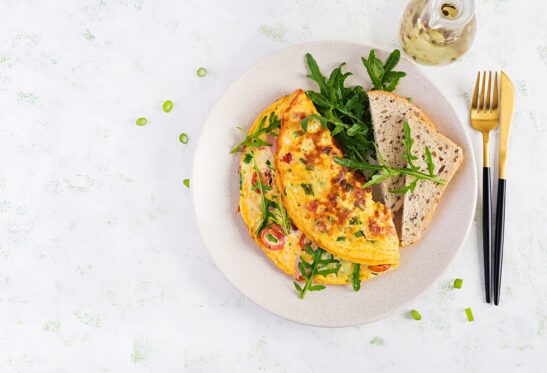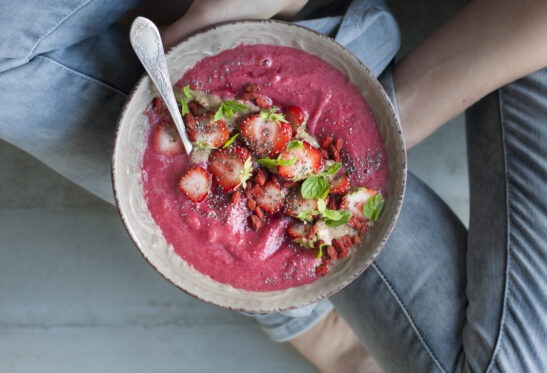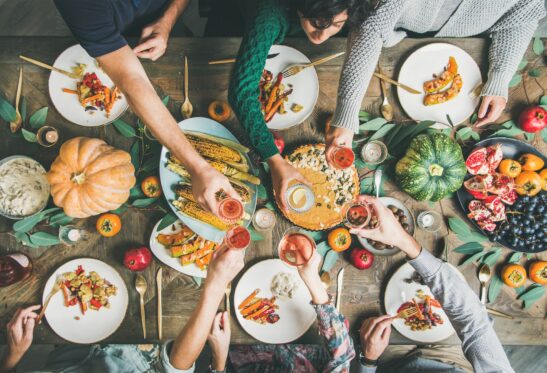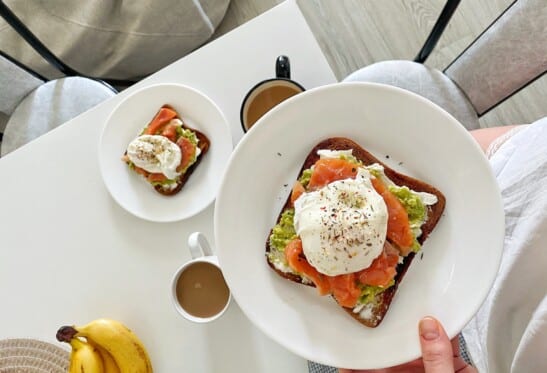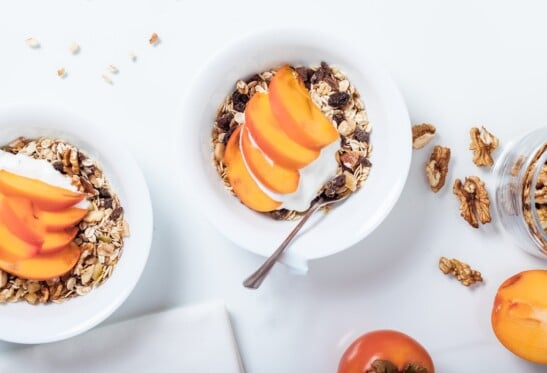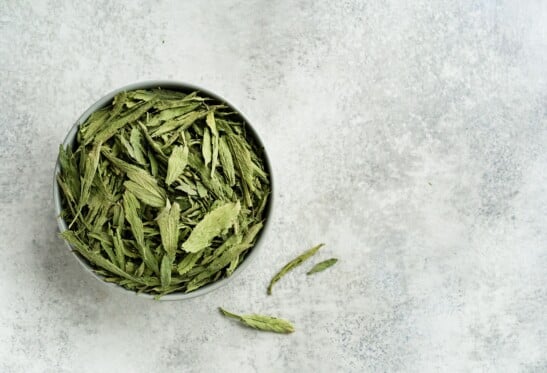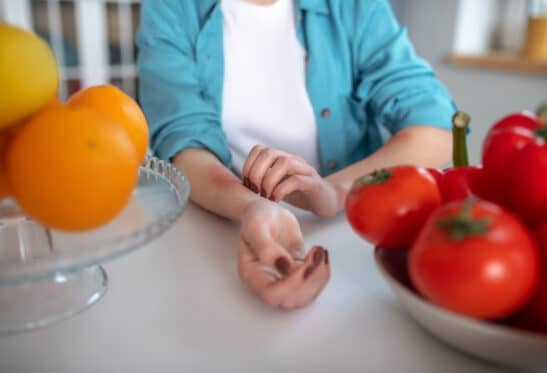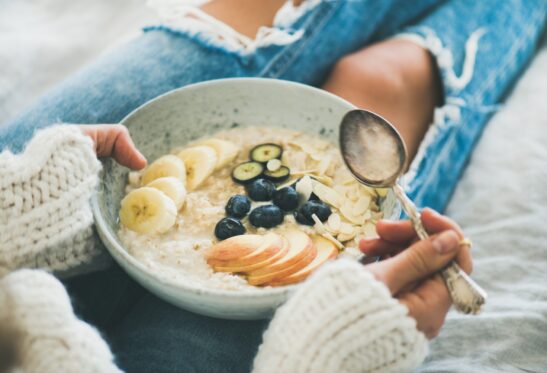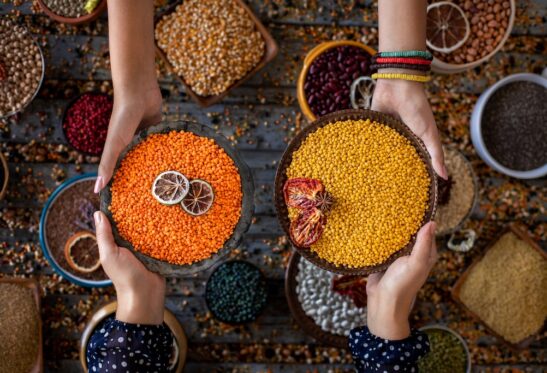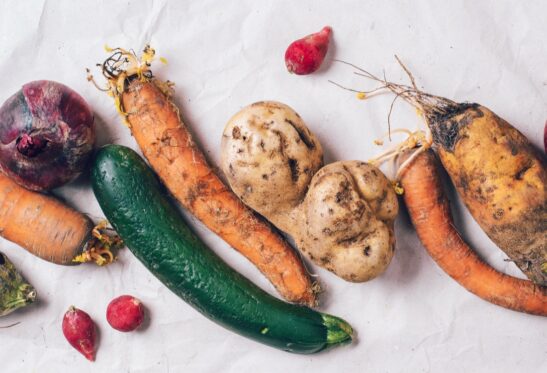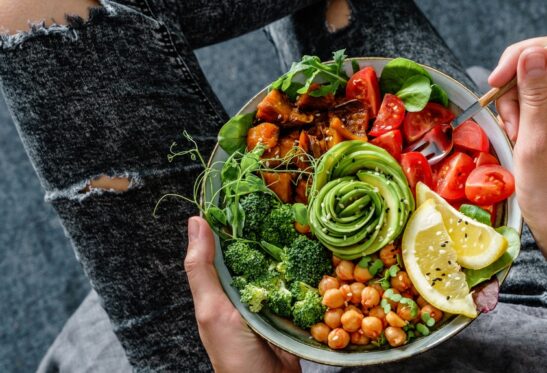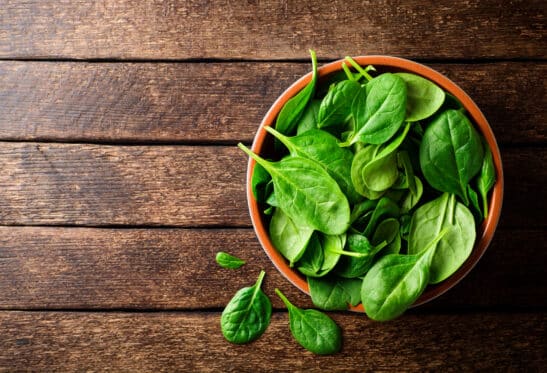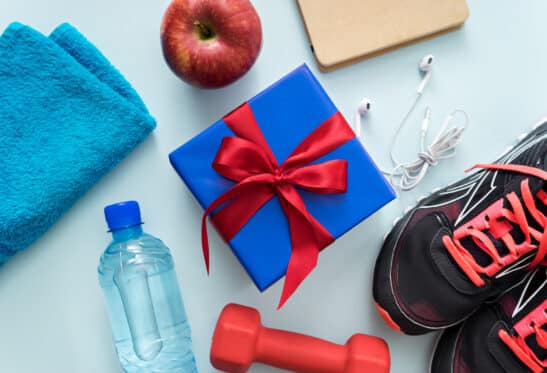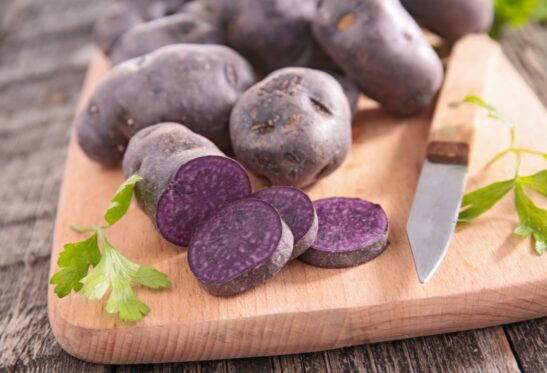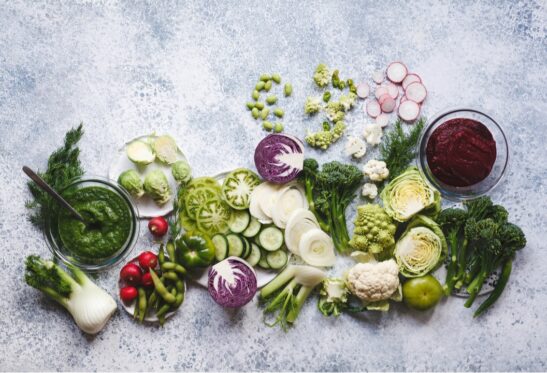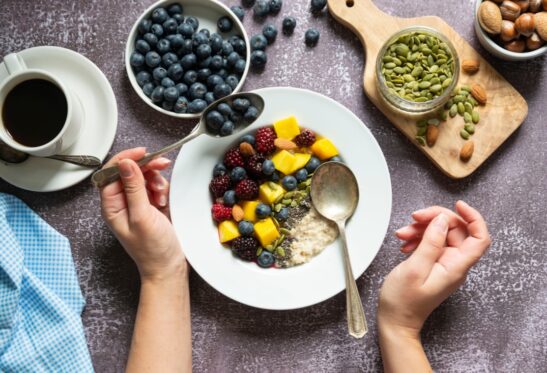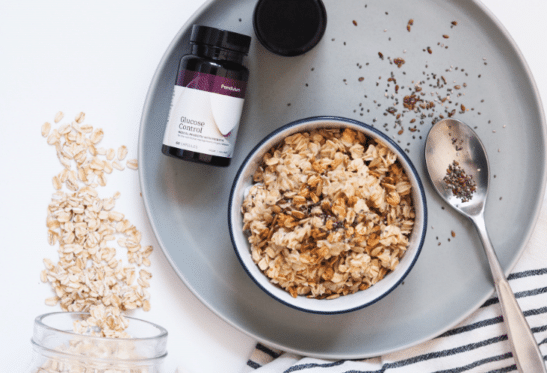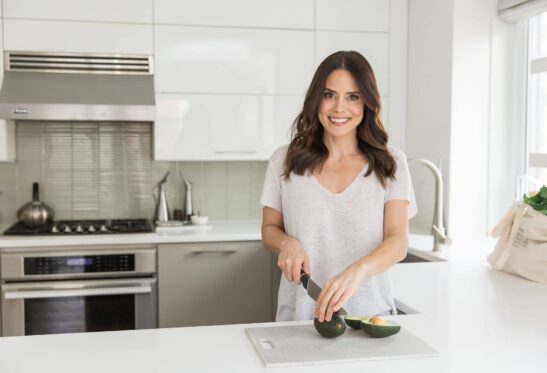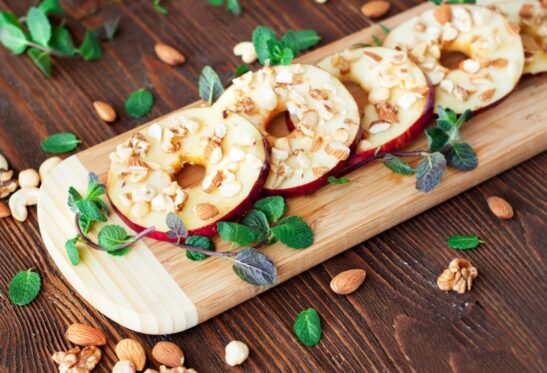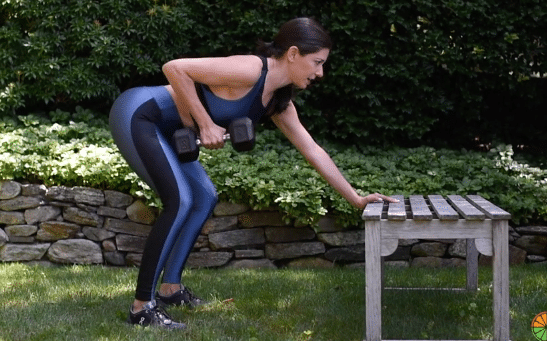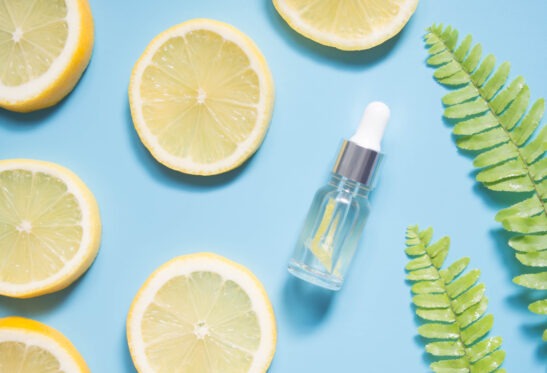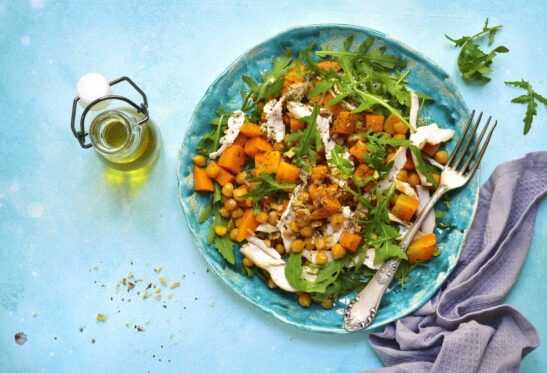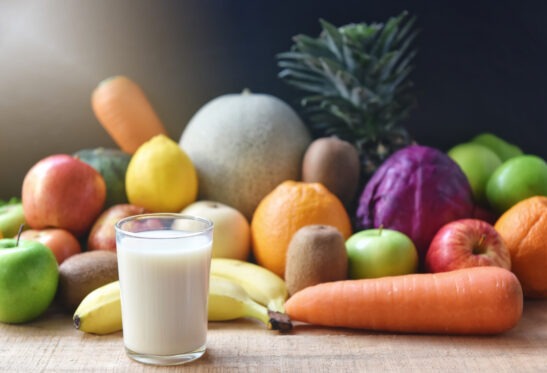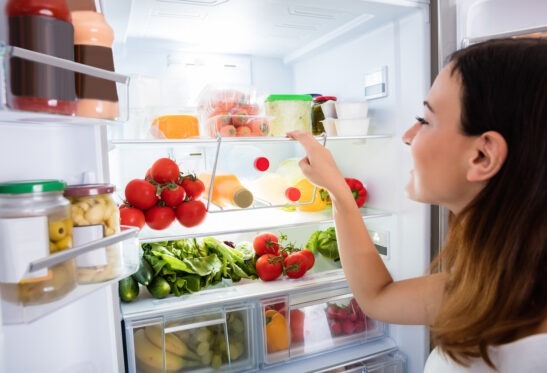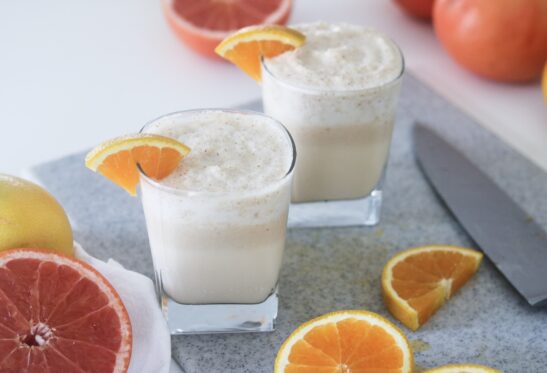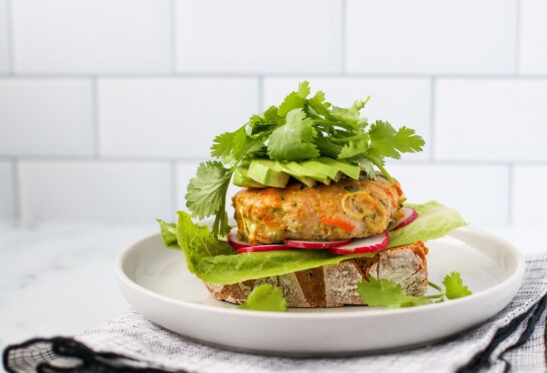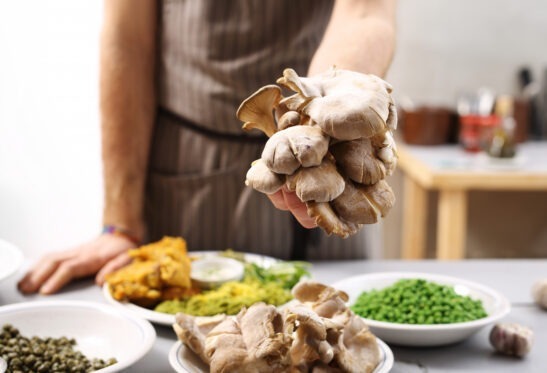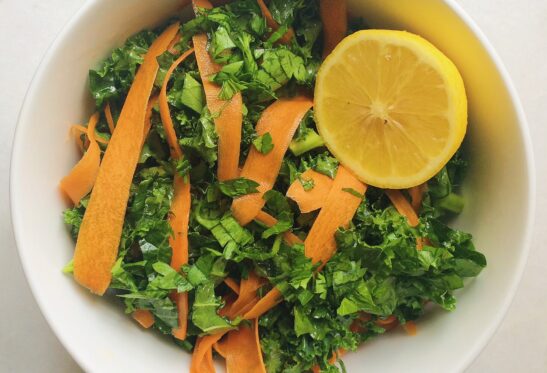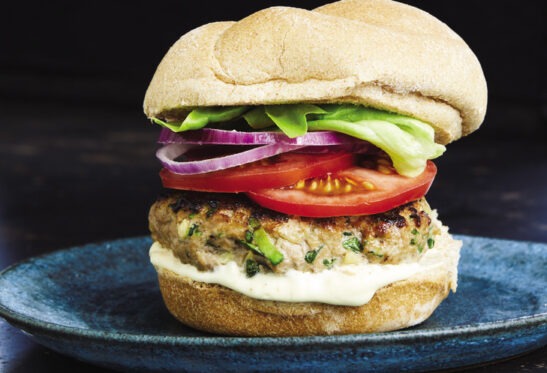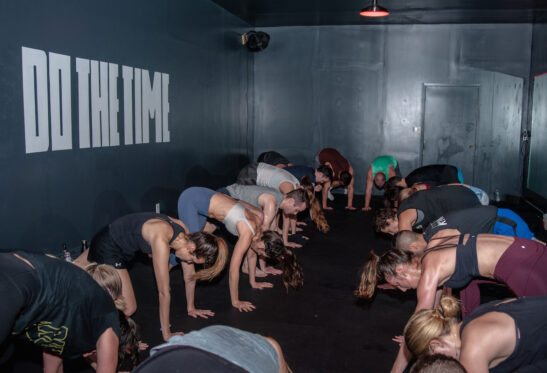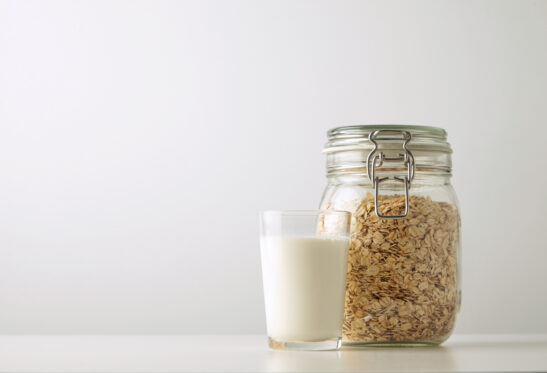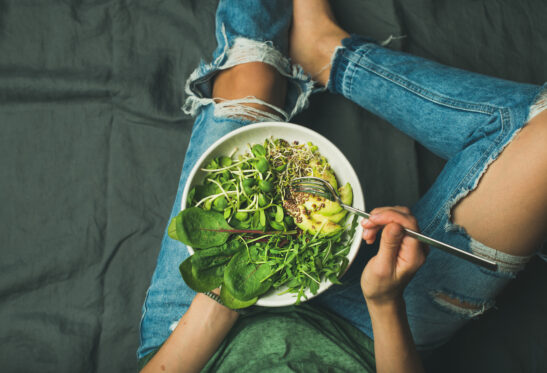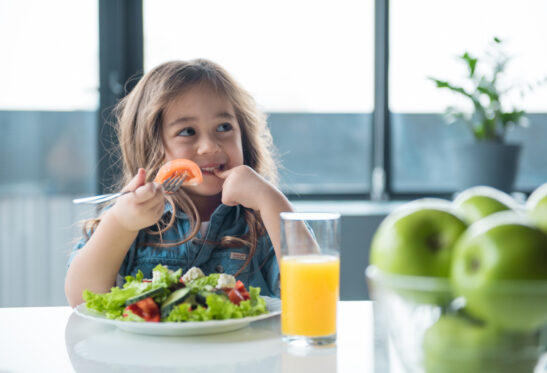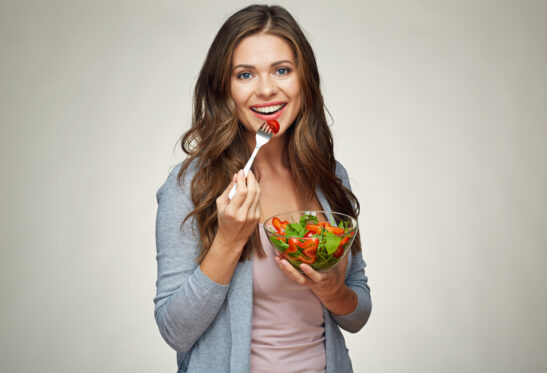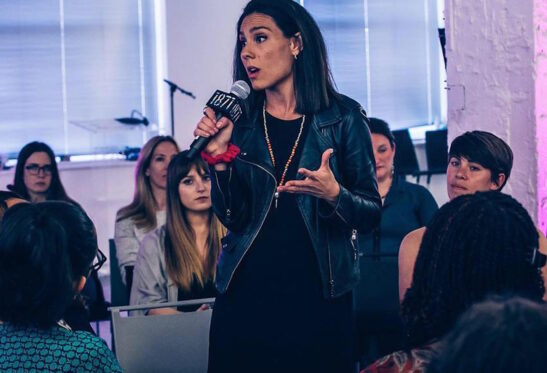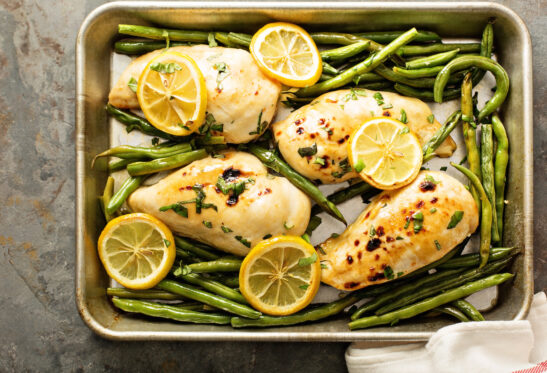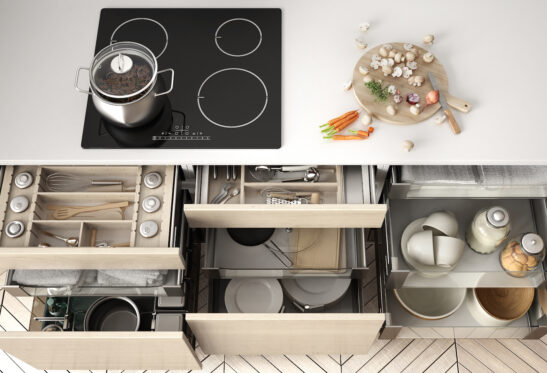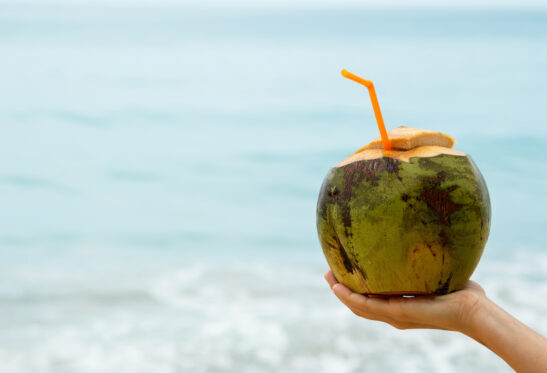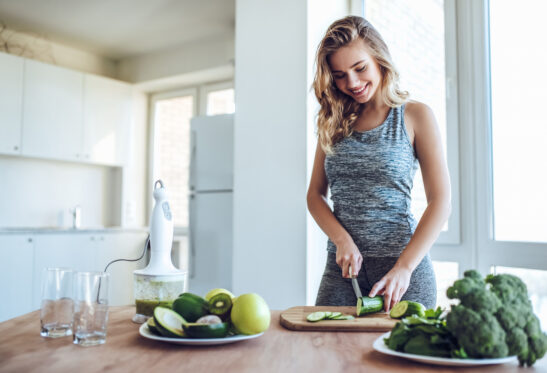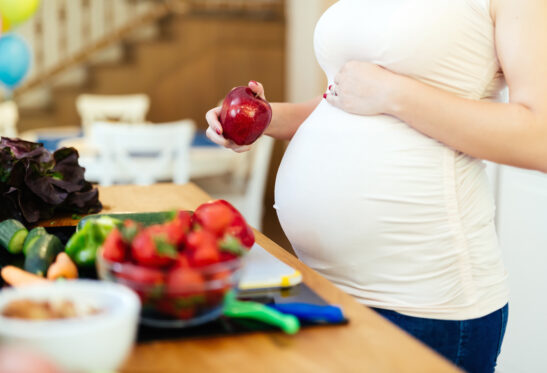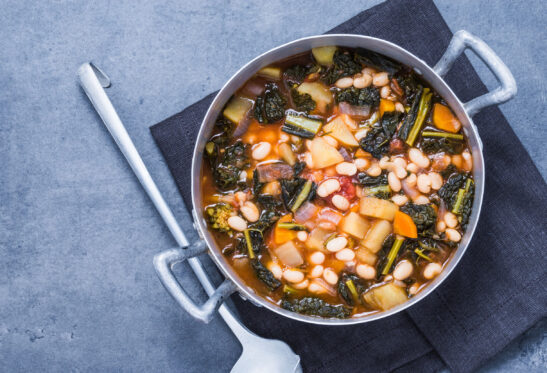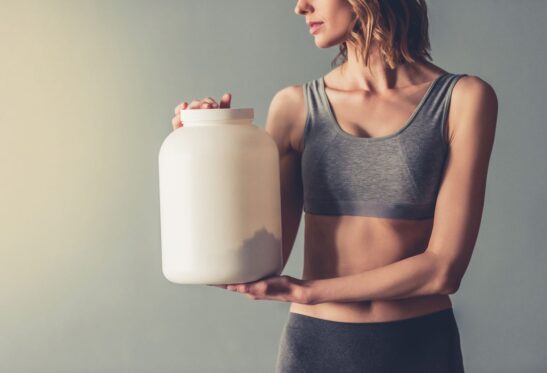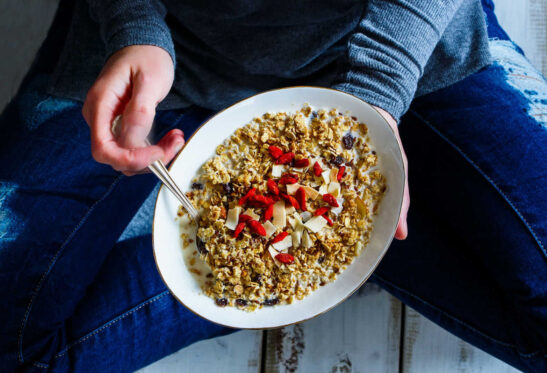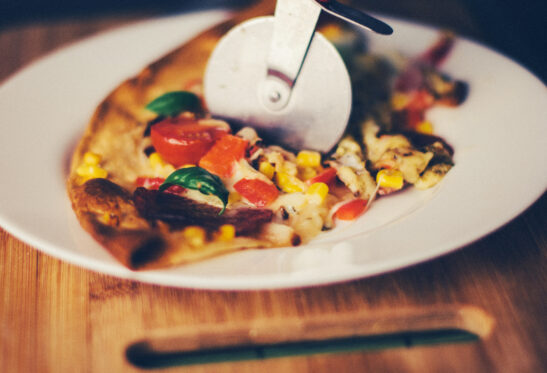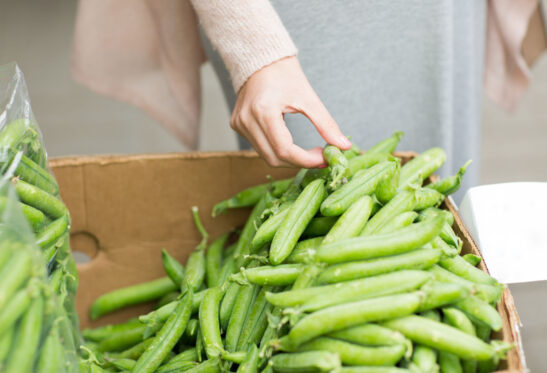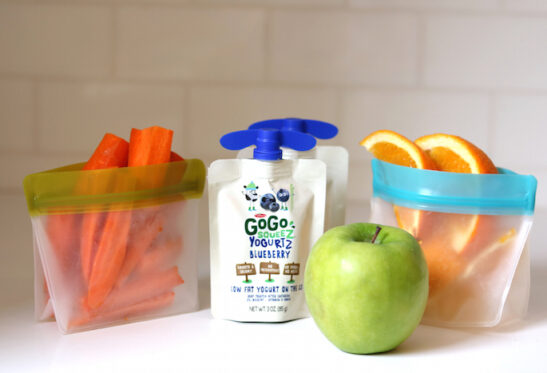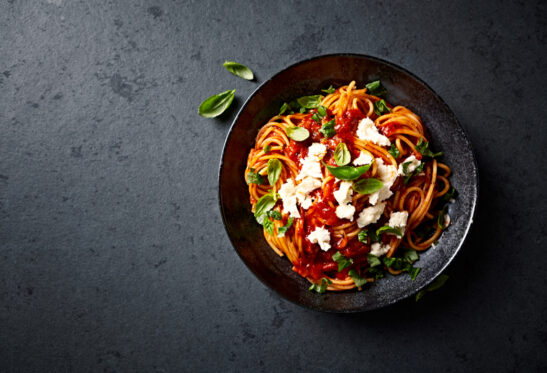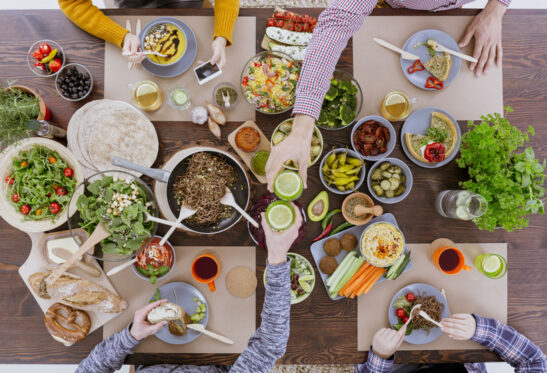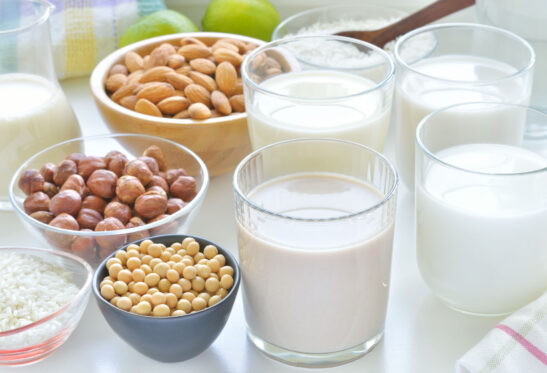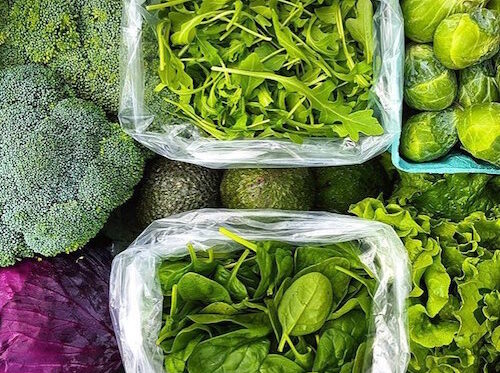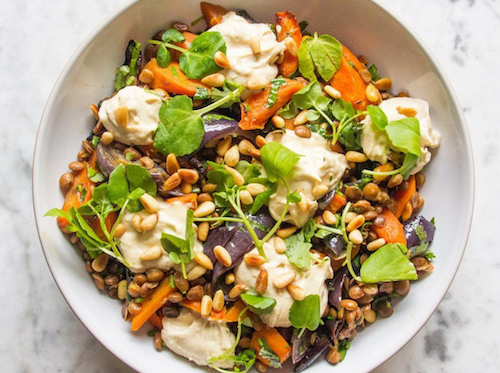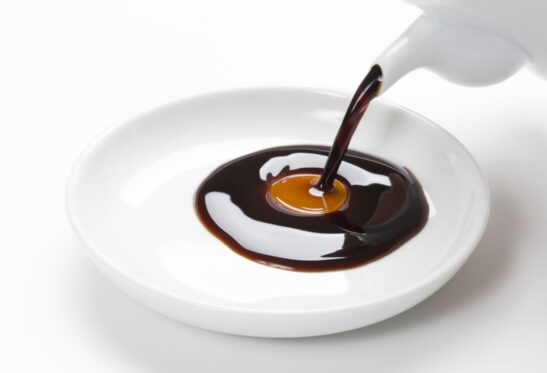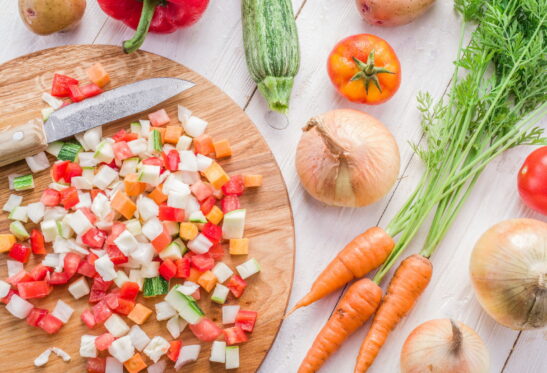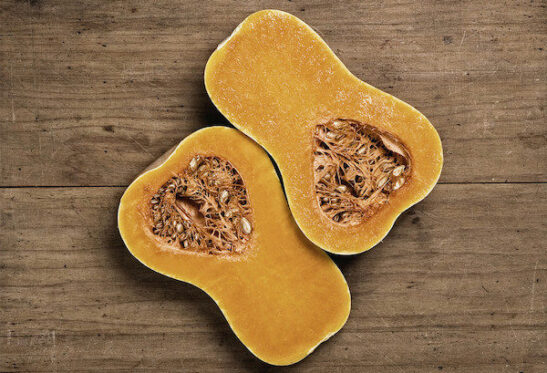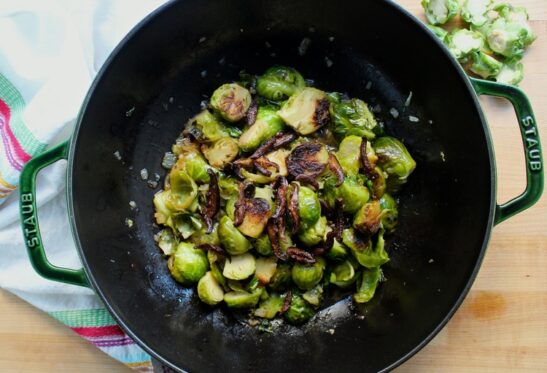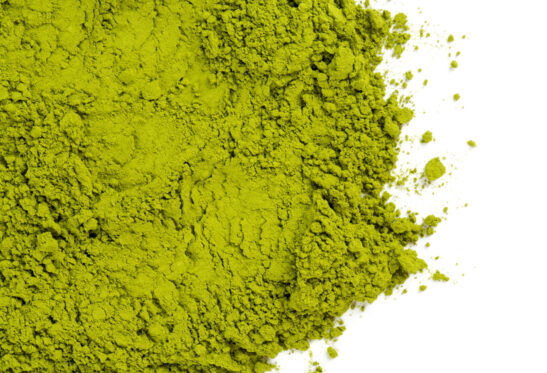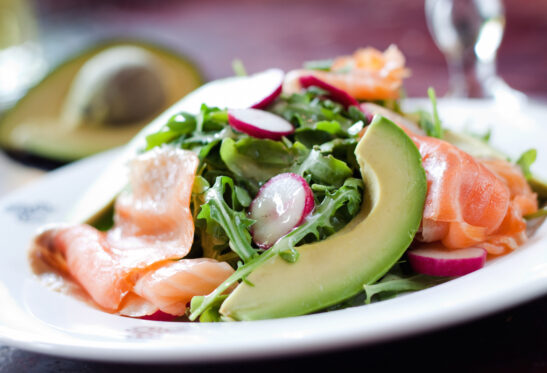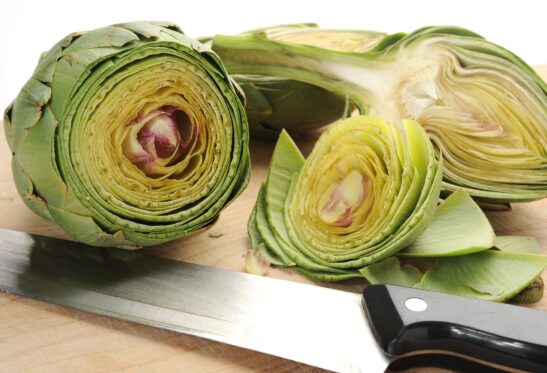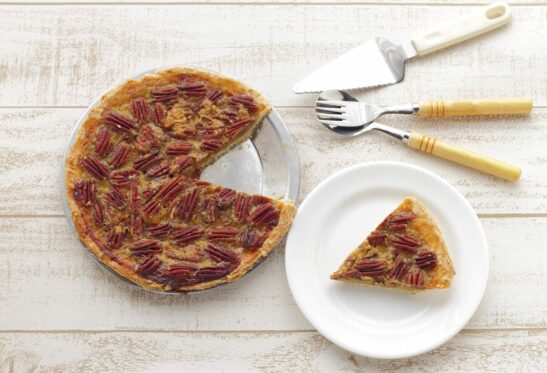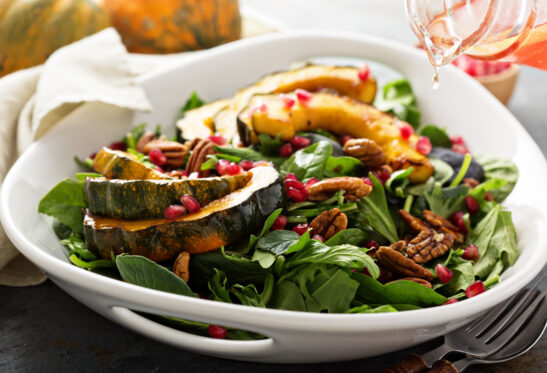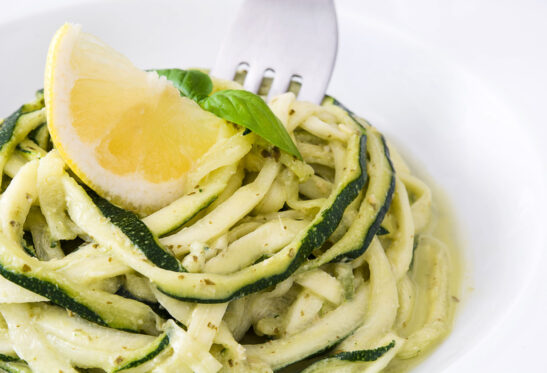 Health Resolutions
Health Resolutions  Live Consciously
Live Consciously
A Quick Primer on Healthy Portion Sizes
Home » Live Consciously » Health Resolutions » A Quick Primer on Healthy Portion Sizes
A Quick Primer on Healthy Portion Sizes
Ask Keri: If I’m eating healthy, whole foods, do portion sizes still matter? If so, how do I figure them out?
Keri says: Most nutrition experts (including me!) agreed a long time ago that calorie counting is not the best strategy for eating well. That doesn’t mean, however, that portion sizes aren’t helpful.
Overeating is still a real challenge for many people, and even nutritious foods like nuts (many of us can relate to that one!) and grass-fed beef can cause weight gain if eaten in excess.
I’m not suggesting you start serving your quinoa in a measuring cup or count every single almond you put in your mouth. (You’re way too busy for that nonsense.) But if you learn what healthy portion sizes look like in advance, you can easily draw on that information at meal and snack times to eyeball the amount you’re adding to your plate and, of course, stay in touch with your HQ.
Below, you’ll find basic portion sizes for the major food groups. These will vary person to person, depending on gender, age, bodyweight, and how much activity you’re engaging in, so use them only as a starting point and then listen to your body.
Healthy Portion Sizes
Vegetables
The best news first: eat ‘em up! With veggies, you don’t have to consider portions. In fact, pile those greens as high as you can. (Unless, of course, your veggies are more oil than they are veggies.) This includes fresh herbs, too, which your taste buds will appreciate.
RELATED: Why You Should Add Spices to Every Meal
Fruit
Many fruits come in pre-portioned sizes, like apples, bananas, oranges, and peaches. If you can bite right into it, one is probably the magic number. But, if you’re eating an apple and you feel slightly satisfied after just a half, by all means, wrap up the second half. For berries and things you tend to slice, like melon or mango, keep it under one cup. Dried fruit is super sugary (even the no-added-sugar kind), so cut it off at two tablespoons. Finally, everyone’s fave: avocado (yes, it’s a fruit!) is filled with healthy fats, so stick to eating a quarter of one at a time.
Grains
Whether it’s whole wheat pasta, quinoa, or farro, a half cup (cooked) is usually a good portion size. For bread (you’re of course eating sprouted or sourdough, right?), one slice is a better portion size than two. So, make friends with “toasts” instead of full sandwiches.
RELATED: A Modern Guide to Ancient Grains
Beans
Go with a half cup of cooked black beans, garbanzos, or lentils. But, if these are your only protein source for your meal, you may need more. What else is on your plate?
Nuts and Seeds
For nuts like almonds, walnuts, and cashews, 10 or so is a healthy portion. That basically works out to one small handful. For seeds like chia, hemp, or pumpkin, go with two teaspoons.
Lean Meat and Fish
For beef, chicken, turkey, and fish, four to six ounces is appropriate for a meal. Picture a bar of soap. If it’s for a snack, stick to two to three ounces.
Eggs
Two eggs. I recommend saying yes to the yolks, but if you’re sticking to whites, then up that to four.
RELATED: Should You Avoid High-Cholesterol Foods?
Cheese
Go for an ounce of whole, real cheeses like feta, fresh mozzarella, or organic sharp cheddar. That looks like two small cubes, like two dice, or about a half-inch thick slice of a block (depending on the shape!).
One last thing to keep in mind: Watch out for dressings, sauces, and condiments. Many people pour them on a little too generously, ruining a perfectly portioned veggie-grain bowl. Stick to just a teaspoon or tablespoon for flavor—and experiment more with no-portions-needed vinegars, herbs, and spices.
Take Your Hunger for Nutrition Knowledge to the Next Level
If you love learning about portion sizes and the best foods to eat for total wellness, think of how awesome it would be to do it as a side hustle… or even your full-time job.
Our Become a Nutrition Coach certification course gives you a solid foundation in nutrition science, plus techniques for coaching clients and growing your new business—all within a community of passionate, like-minded friends. It’s the perfect way to inspire the next generation of healthier people all across the globe.
Request a sneak peek of the Become a Nutrition Coach program here and see how you can put your passion for wellness to work.
The Nutritious Life Editors are a team of healthy lifestyle enthusiasts who not only subscribe to — and live! — the 8 Pillars of a Nutritious Life, but also have access to some of the savviest thought leaders in the health and wellness space — including our founder and resident dietitian, Keri Glassman. From the hottest trends in wellness to the latest medical science, we stay on top of it all in order to deliver the info YOU need to live your most nutritious life.
DISCOVER MORE
RECENT ARTICLES

Want a sneak peek inside the program?
Get FREE access to some of the core training materials that make up our signature program – Become a Nutrition Coach.
Get Access"*" indicates required fields



























































